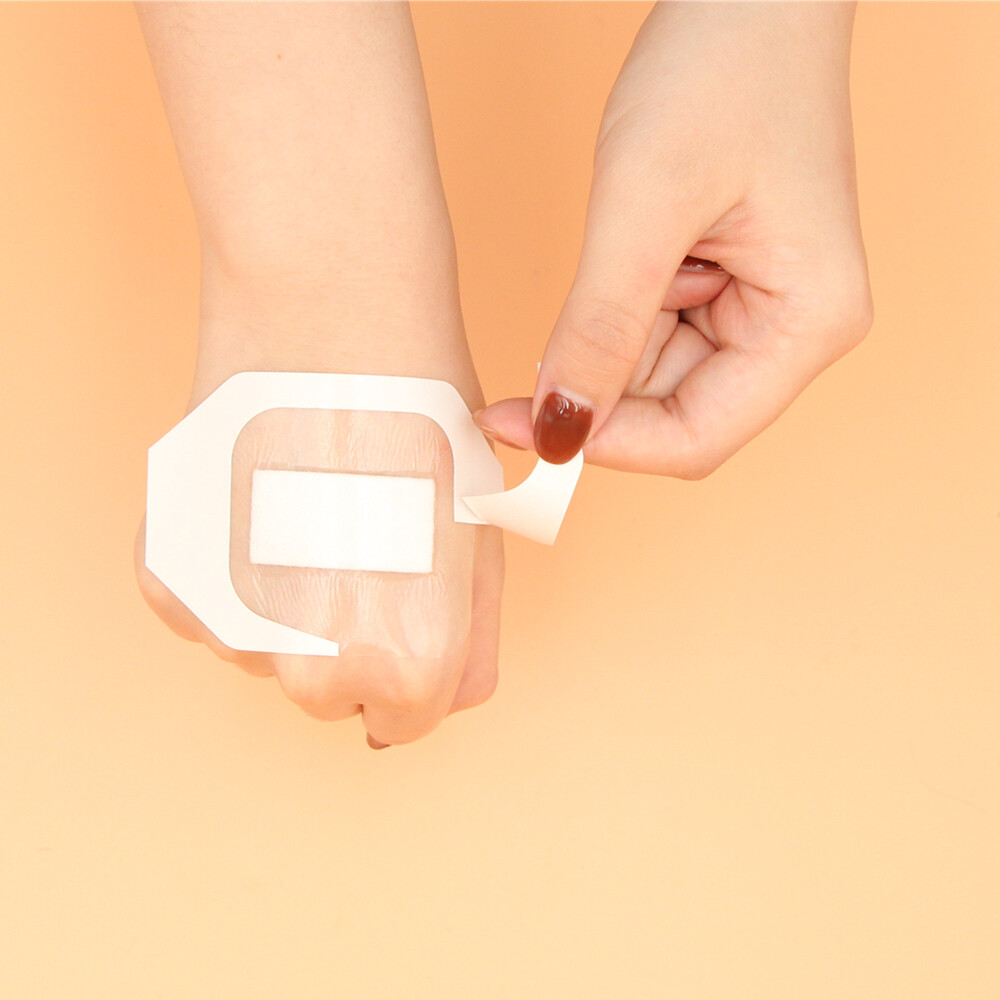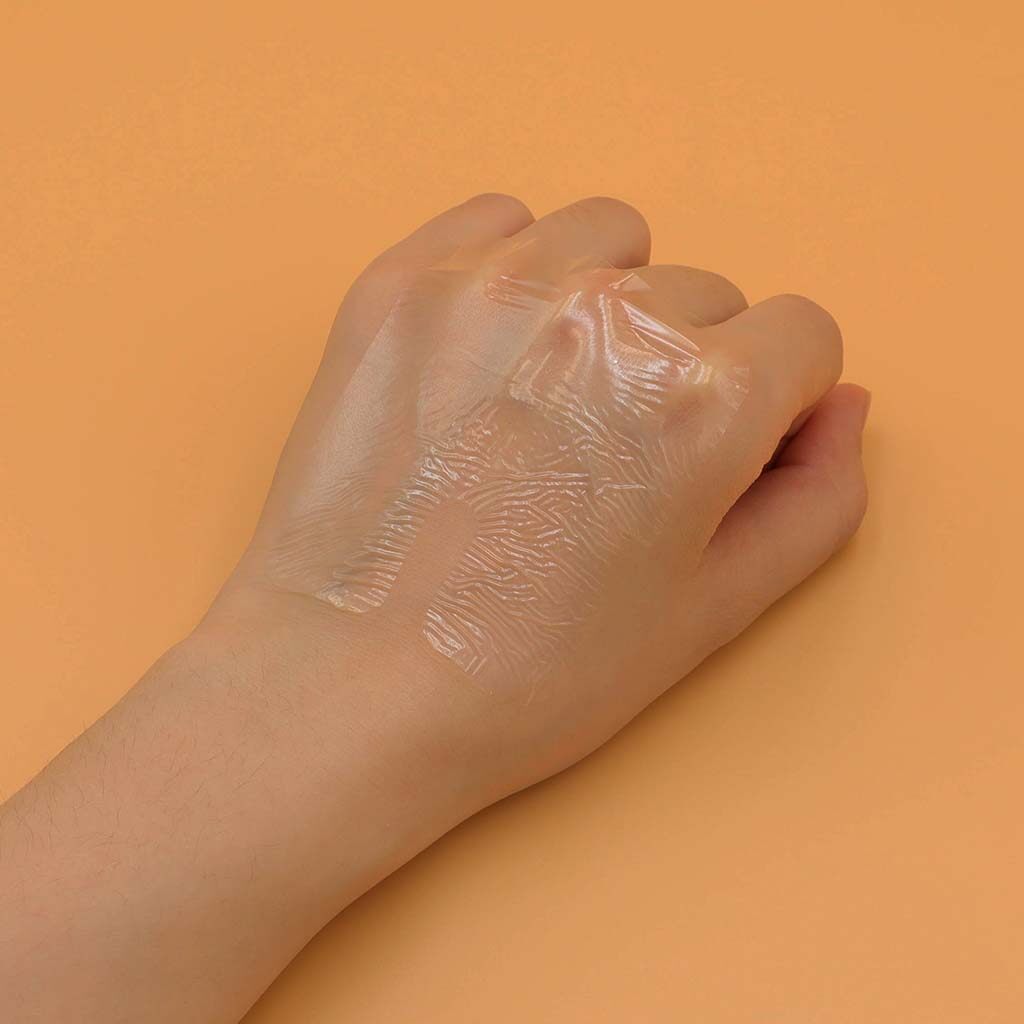Email cannot be empty
Password cannot be empty
Email format error
Email cannot be empty
Email already exists
6-20 characters(letters plus numbers only)
The password is inconsistent
Email format error
Email cannot be empty
Email does not exist
6-20 characters(letters plus numbers only)
The password is inconsistent


The Comprehensive Guide to Transparent Wound Dressings
When it comes to wound care, innovation and technology have transformed traditional methods into advanced solutions. One such breakthrough is the use of transparent wound dressings. These dressings have revolutionized how we treat and manage wounds, providing both healthcare professionals and patients with numerous benefits. In this comprehensive guide, we will delve into the world of transparent wound dressings, exploring their features, benefits, applications, and much more.
What are Transparent Wound Dressings?
Transparent wound dressings are medical dressings made from thin, clear materials that allow both the healthcare provider and the patient to monitor the wound without removing the dressing. These dressings are typically made from polyurethane or other similar materials and are designed to provide a barrier against bacteria and other contaminants while maintaining a moist environment conducive to healing.
Key Features of Transparent Wound Dressings
Visibility and Monitoring
One of the primary advantages is their visibility. Since they are clear, healthcare providers can easily monitor the wound's progress without needing to remove the dressing. This reduces the risk of infection and allows for continuous observation of the wound's healing process.
Breathability
The wound dressings are designed to be semipermeable, allowing oxygen to reach the wound while keeping out bacteria and other harmful agents. This breathability is crucial for maintaining a healthy wound environment and promoting faster healing.
Waterproof Protection
Another significant feature is their waterproof nature. Patients can shower and go about their daily activities without worrying about the dressing getting wet or contaminated. This feature makes these dressings particularly convenient and comfortable for long-term use.
Comfort and Flexibility
These dressings are typically thin and flexible, allowing them to conform to the body's contours. This ensures that they stay in place and do not cause discomfort or restrict movement. Their adhesive properties also prevent the dressing from slipping, ensuring that the wound remains protected at all times.
Benefits of Using Transparent Wound Dressings
Reduced Risk of Infection
By providing a barrier against external contaminants, the wound dressings significantly reduce the risk of infection. The ability to monitor the wound without removing the dressing further minimizes exposure to potential infectious agents.
Enhanced Healing Environment
The wound dressings maintain a moist environment, which is essential for optimal wound healing. This moist environment promotes cell growth and tissue regeneration, leading to faster and more efficient healing.
Convenience and Ease of Use
The waterproof and flexible nature makes them highly convenient for patients. They can continue with their daily activities without disruption, knowing that their wound is protected and healing effectively.
Cost-Effective
The wound dressings can be more cost-effective in the long run due to their extended wear time. Since they do not need to be changed as frequently as traditional dressings, the overall cost of wound care can be reduced.
Applications of Transparent Wound Dressings
Post-Surgical Wounds
The wound dressings are commonly used for post-surgical wounds. Their ability to provide a sterile environment and allow for easy monitoring makes them ideal for ensuring proper healing after surgery.
Minor Cuts and Abrasions
For minor cuts and abrasions, the wound dressings offer a convenient and effective solution. They protect the wound from infection while allowing it to heal naturally without frequent dressing changes.
Chronic Wounds
In cases of chronic wounds, such as ulcers or pressure sores, the wound dressings can be particularly beneficial. They provide a consistent and controlled healing environment, reducing the need for frequent dressing changes and minimizing discomfort for the patient.
Burn Care
Transparent wound dressings are also used in burn care. Their ability to maintain a moist environment and provide protection against infection makes them suitable for managing superficial burns and promoting healing.
Advanced Transparent Wound Dressings
Semipermeable Waterproof Plastic Wound Dressing with Silver
This dressing combines the benefits of transparency and waterproofing with the antimicrobial properties of silver. The inclusion of silver helps in reducing bacterial load and preventing infections, making it an excellent choice for managing wounds with a high risk of infection.
Hydrocolloid dressings are a type of transparent wound dressing that contains a gel-forming agent. These dressings provide a moist environment and can absorb exudate, making them suitable for wounds with moderate to heavy drainage.
Transparent film dressings are thin, flexible, and adhesive. They are ideal for protecting wounds with minimal exudate and can be used as a secondary dressing to secure other wound care products in place.
How to Apply and Remove Transparent Wound Dressings
Application Process
1. Clean the Wound: Before applying the dressing, clean the wound area thoroughly to remove any debris or contaminants.
2. Prepare the Dressing: Remove the dressing from its packaging, being careful not to touch the adhesive side.
3. Apply the Dressing: Place the dressing over the wound, ensuring it covers the entire area. Smooth out any wrinkles to ensure a secure fit.
4. Secure the Edges: Press down the edges of the dressing to ensure it adheres properly to the skin.
Removal Process
1. Gently Lift the Edges: Start by lifting the edges of the dressing gently. Avoid pulling too hard to prevent skin irritation.
2. Peel Off Slowly: Slowly peel off the dressing, working from the edges toward the center. If the dressing is sticking, moisten it with saline solution to ease removal.
3. Clean the Area: Once the dressing is removed, clean the wound area again and assess the healing progress.
Tips for Optimal Use of Transparent Wound Dressings
- Monitor Regularly: Although the wound dressings allow for visual monitoring, it's important to check the wound regularly to ensure there are no signs of infection or complications.
- Change as Needed: While these dressings can be left in place for several days, it's important to change them if they become saturated or if there are signs of leakage.
- Follow Instructions: Always follow the manufacturer's instructions for application and removal to ensure the dressing is used correctly and effectively.
Common Myths About Transparent Wound Dressings
Myth 1: Transparent Dressings are Only for Minor Wounds
While transparent wound dressings are excellent for minor wounds, they are also highly effective for more serious wounds, including post-surgical wounds and chronic wounds.
Myth 2: They Can Cause Skin Irritation
Transparent wound dressings are designed to be gentle on the skin. However, it's important to choose a dressing that is appropriate for your skin type and to follow proper application and removal procedures to minimize the risk of irritation.
Myth 3: They Are Expensive
Although the initial cost may be higher than traditional dressings, their extended wear time and reduced need for frequent changes can make them more cost-effective in the long run.
Conclusion
Transparent wound dressings offer a modern, effective solution for wound care. Their visibility, breathability, waterproof nature, and comfort make them an ideal choice for a wide range of wounds. Whether you're dealing with a minor cut, a post-surgical wound, or a chronic wound, the wound dressings can provide the protection and environment needed for optimal healing. By understanding their features, benefits, and applications, you can make informed decisions about wound care and ensure the best possible outcomes for your health and recovery.

